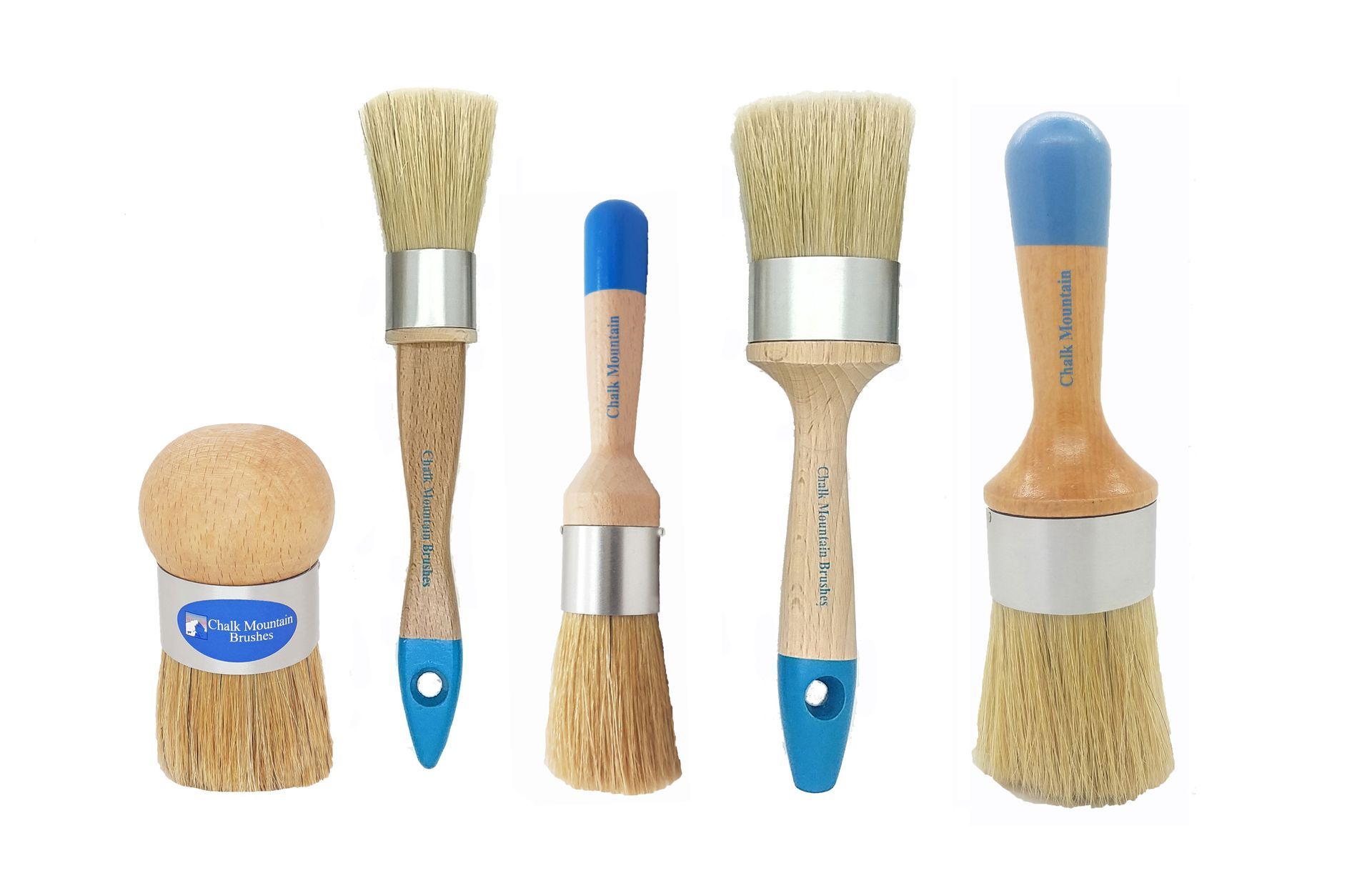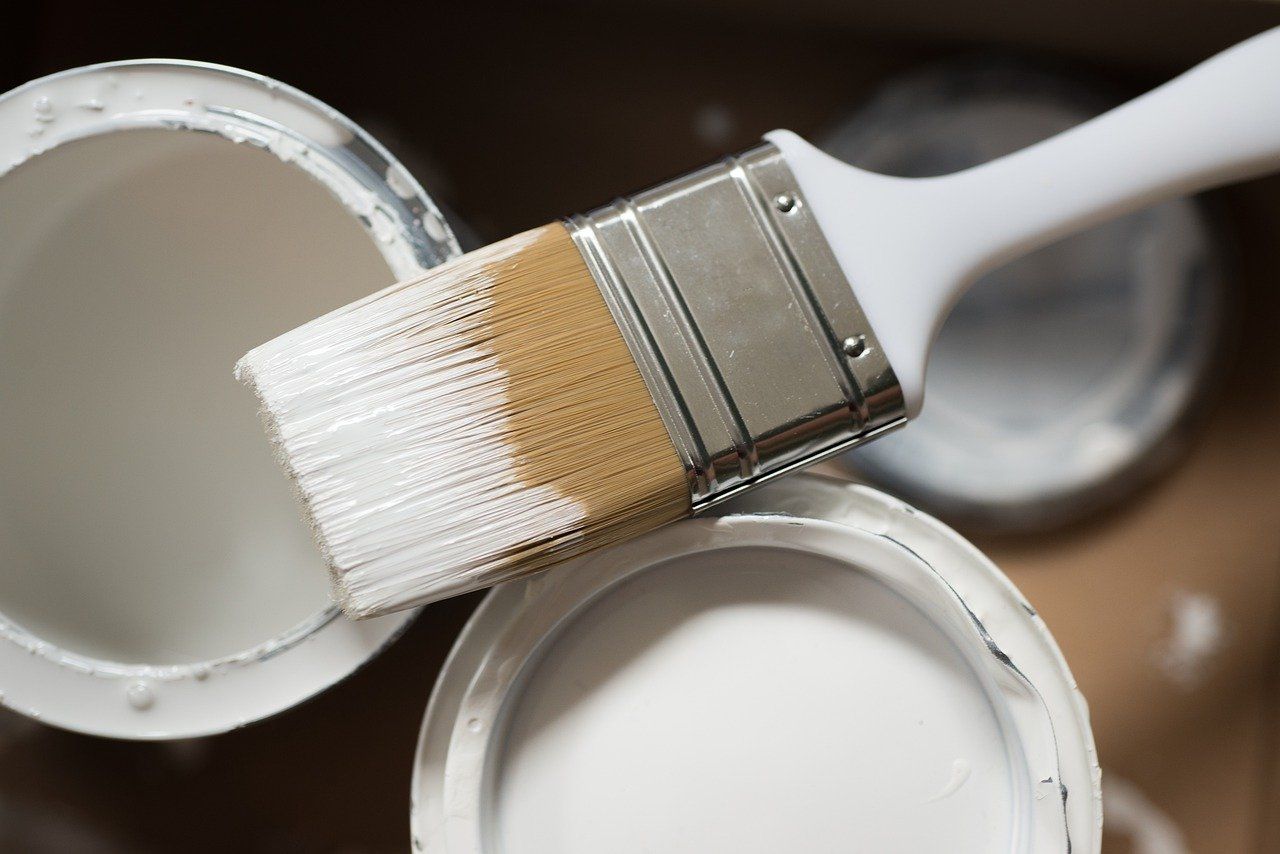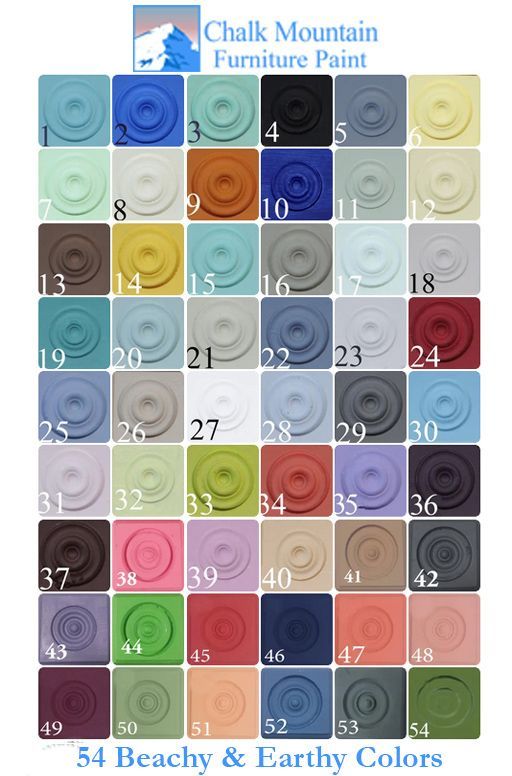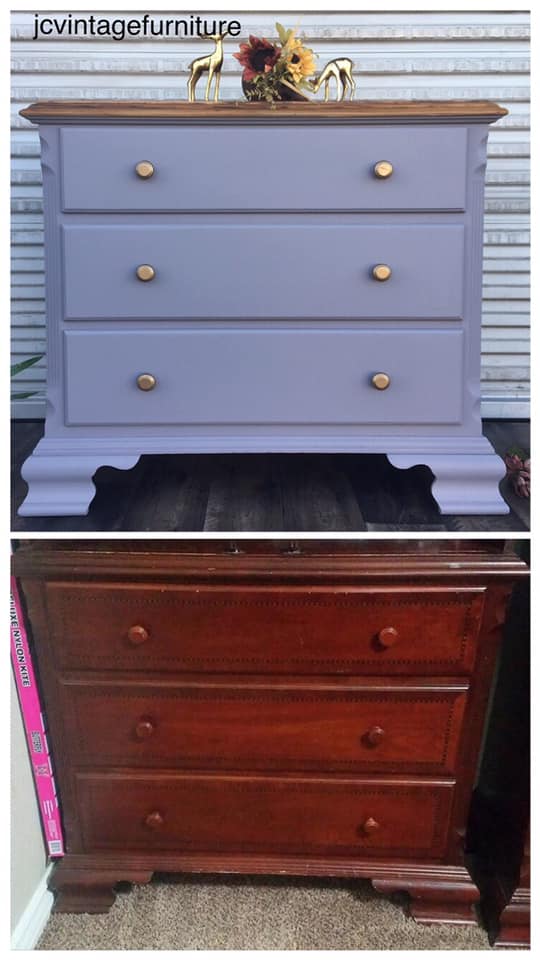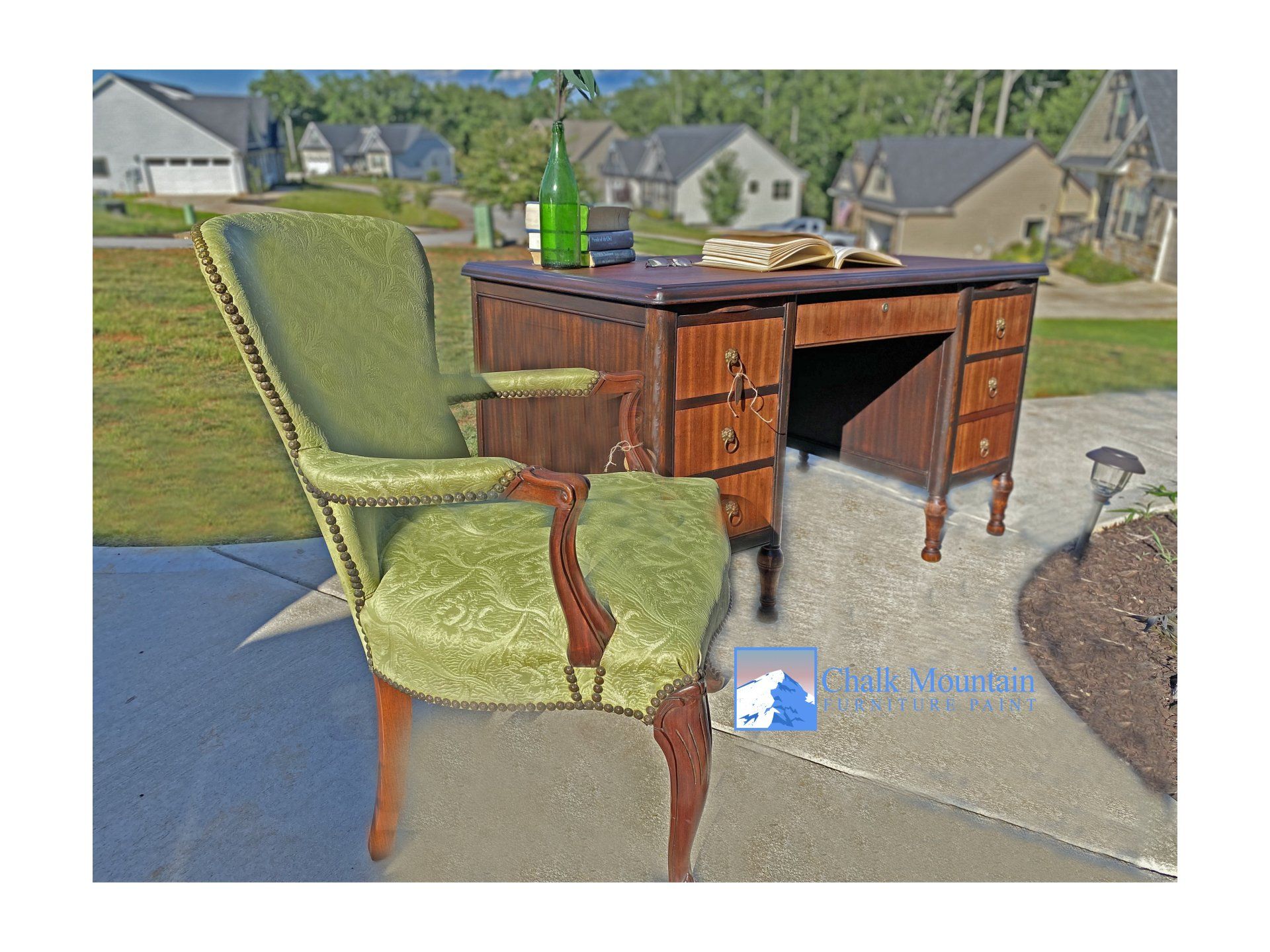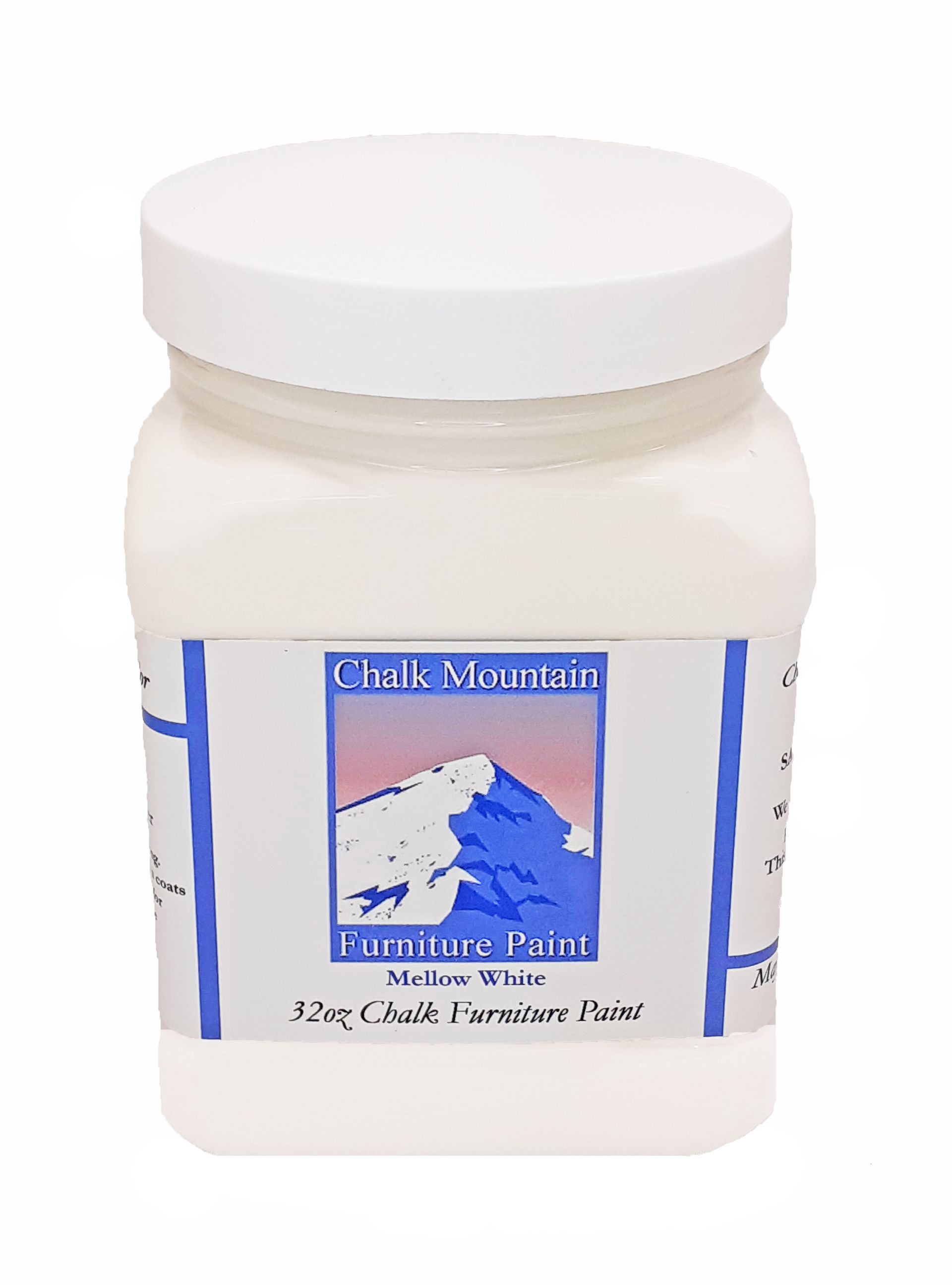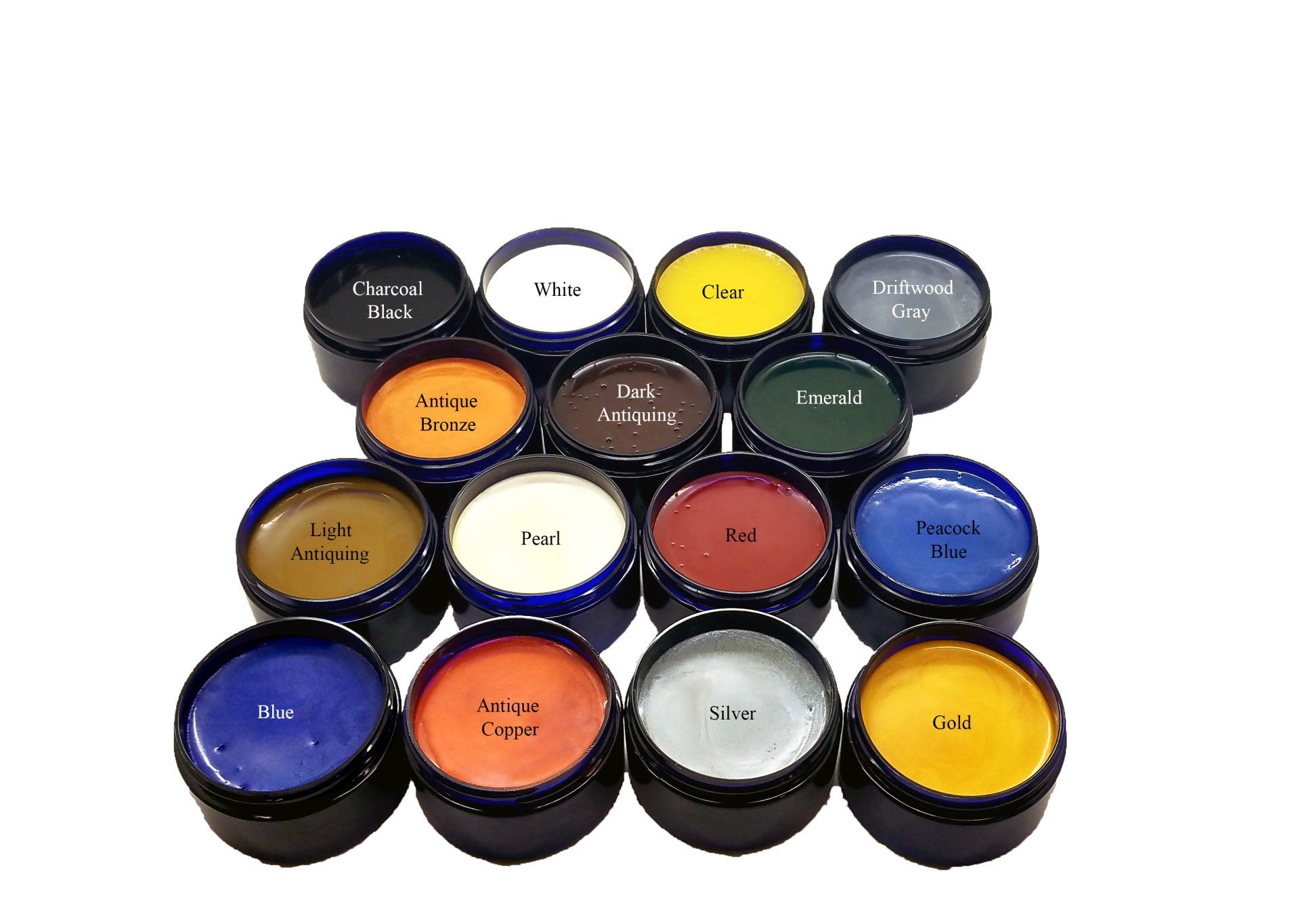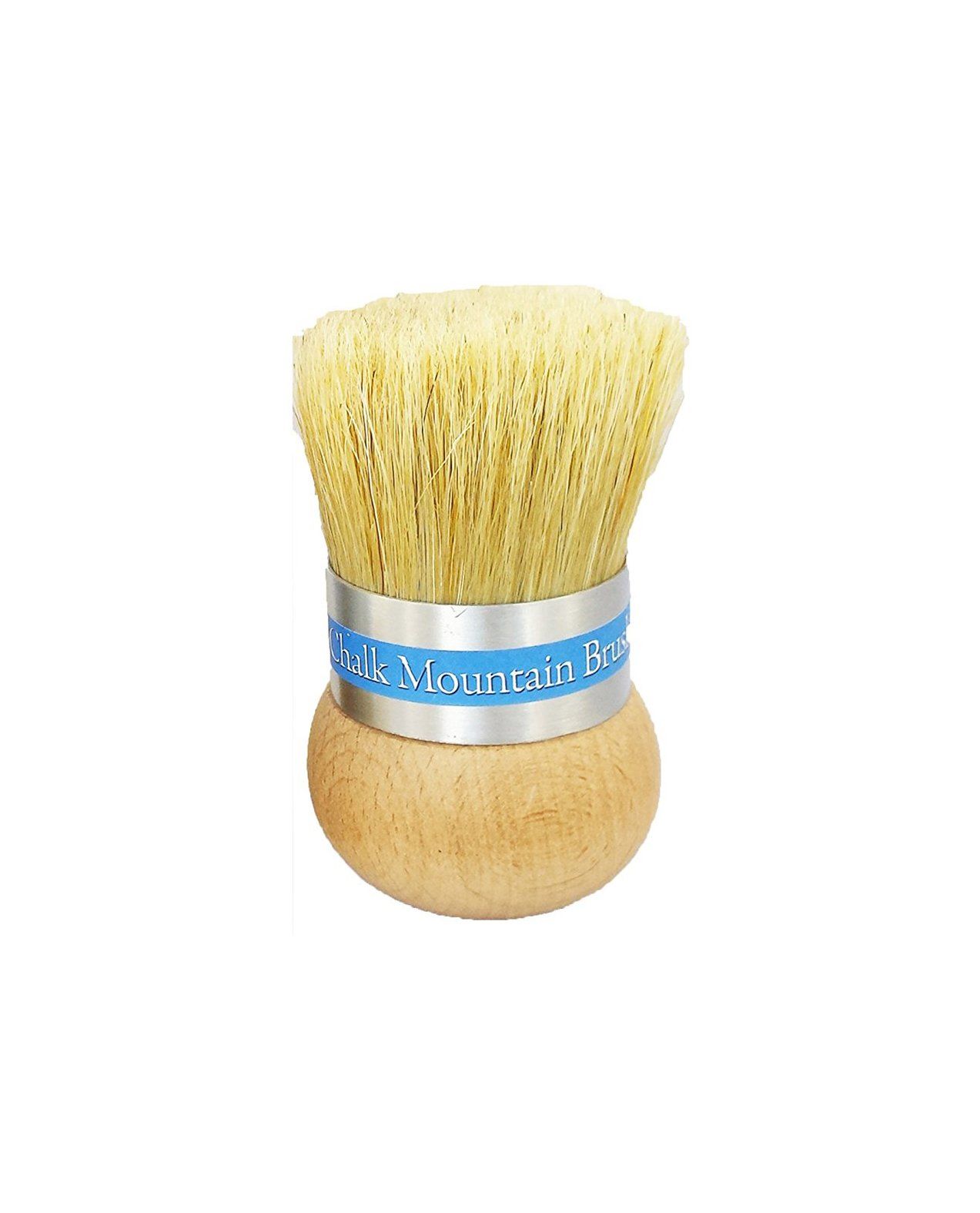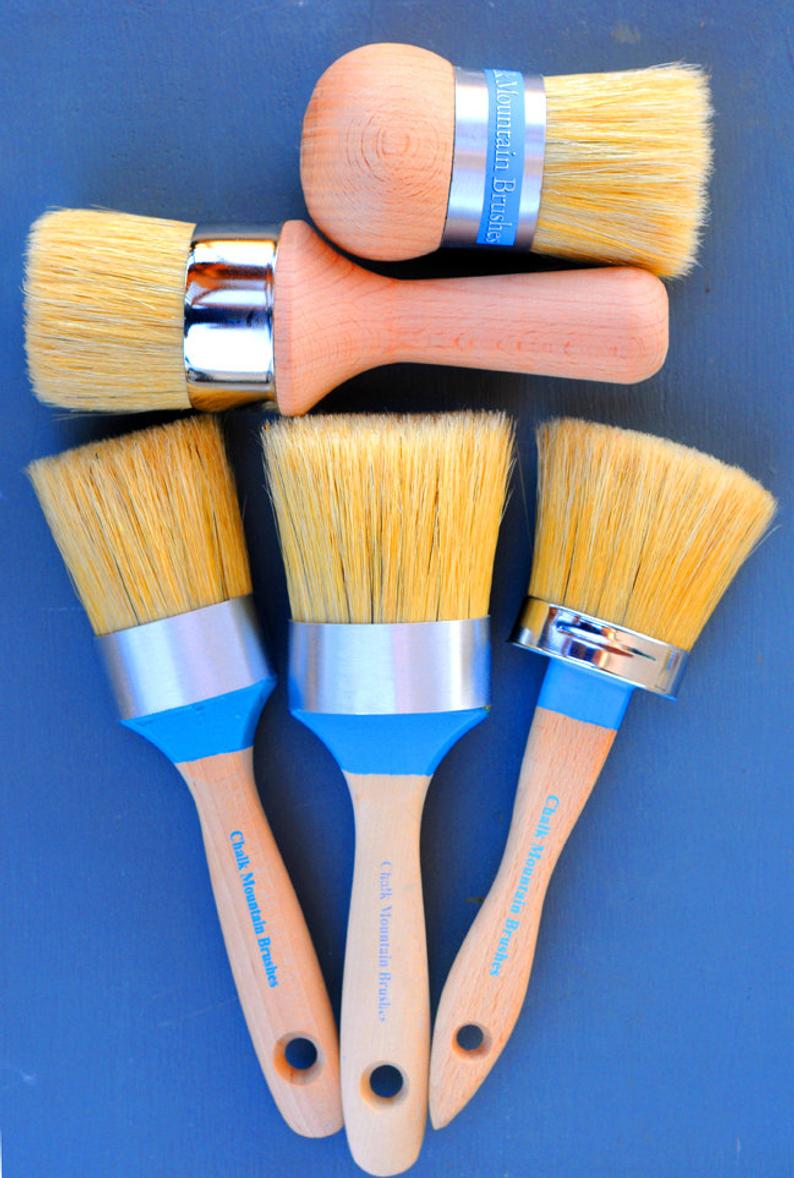0
First things first...
Getting Started...
First clean your project with soap and water or TSP. This removes oils and soils. This is a good practice to have when starting a project.
It is also important, if you want your finish, to be smooth to the touch. I have felt the surface of too many chalk painted furniture pieces that look nice and even beautifully painted dressers and buffets...night stands and desks, that have a chalky feel to them when you swipe your hand across them. This tells me, the painter did not take the time to finely sand the last coat of paint. Beside the fact, that a smooth feeling coat is more appealing to the touch...but also, that smooth surface is much easier to keep clean.
Chalk paint is a flat paint, but the surface should not feel rough to the touch.
There is an easy way yo get your painted surface to feel pleasing and smooth to the touch...and very few painters use this method.
It is using water and fine sanding sponges.
Wet sanding accomplishes a few pleasing outcomes. It shorten the time it takes to get a smooth surface by letting the water help accomplish the task. It also helps lead to the natural progression toward the shabby look.. Any place that the paint is thinner, the water and sanding sponge will start to naturally show that original surface.
Don't be afraid to get the piece wet. Soak the sponge and don't wring it too much. Let the water help you.
A good method is a a wet sponge in one hand sanding and a dry cloth in the other following up behind to dry the surface. The water also helps keep the sponge from clogging up with paint, and becoming useless after it has clogged to it's fullest.
So next time you sand, use a sponge sander, a bucket of water a a good large drying cloth. When you have let dry and waxed you project, you will have the smoothest finish and a beautiful piece of newly painted furniture. Happy Painting

By Brittany W
•
February 25, 2024
There are several ways to create a blending technique with chalk furniture paint, depending on the effect you're looking for and your comfort level. Wet Blending: This is a great technique for beginners and creates a smooth, seamless transition between colors. What you'll need: Chalk furniture paint in your desired colors, a dedicated brush for each color, a misting bottle filled with water, and a soft blending brush. Steps: Apply your base coat(s) in your chosen colors, leaving some space for blending between them. While the paint is still wet, lightly mist the area where the colors meet. Use your blending brush, dampened with water, to gently work the colors together in small circles or back-and-forth strokes. Continue misting and blending until you achieve the desired level of transition. Let the paint dry completely before adding another coat or sealant. Dry-Brush Blending: This method offers more control and is ideal for creating textured or distressed finishes. What you'll need: Chalk furniture paint in your desired colors, a flat brush for each color, and a stiff bristle brush. Steps: Apply your base coat(s) as desired. Dip the flat brush into one color and wipe off most of the paint on a paper towel. Lightly brush the color onto the other color in a dabbing motion, creating a feathered effect. Repeat with the other color, working in small sections. Use the stiff bristle brush to further blend and distress the colors if desired. Let the paint dry completely before adding another coat or sealant. Feathering Blending: This technique creates a soft, diffused transition between colors. What you'll need: Chalk furniture paint in your desired colors, a flat brush for each color, a clean, and a damp sponge. Steps: Apply your base coat(s) as desired. Dip the flat brush into one color and load it lightly. Use the sponge to dab the loaded brush onto the other color, creating a feathered edge. Repeat with the other color, working in small sections. Blend the edges further with the clean side of the sponge by lightly dabbing and lifting. Let the paint dry completely before adding another coat or sealant. Meshing Technique: This is a quicker, less controlled method that creates a mottled, blended effect. What you'll need: Chalk furniture paint in your desired colors, a chip brush, and a clear furniture wax or colored wax of your choice. Steps: Apply a base coat of your chosen color. Apply a thin coat of clear glaze over the entire surface. While the glaze is wet, randomly "slap" on small amounts of your other chosen colors with the chip brush. Let the furniture wax dry completely, then add another coat if desired. Tips: Always practice on a scrap piece of wood or furniture before starting your project. Work in small sections to avoid blending too much paint at once. Keep your blending brush damp for wet blending and dry for dry-brush blending. Don't be afraid to experiment with different colors, techniques, and tools to achieve your desired effect. There are many online tutorials and resources available to help you learn more about chalk furniture paint blending techniques. We hope this helps! Contact us today if you have any further questions. May all your Mistakes be Serendipitous.


